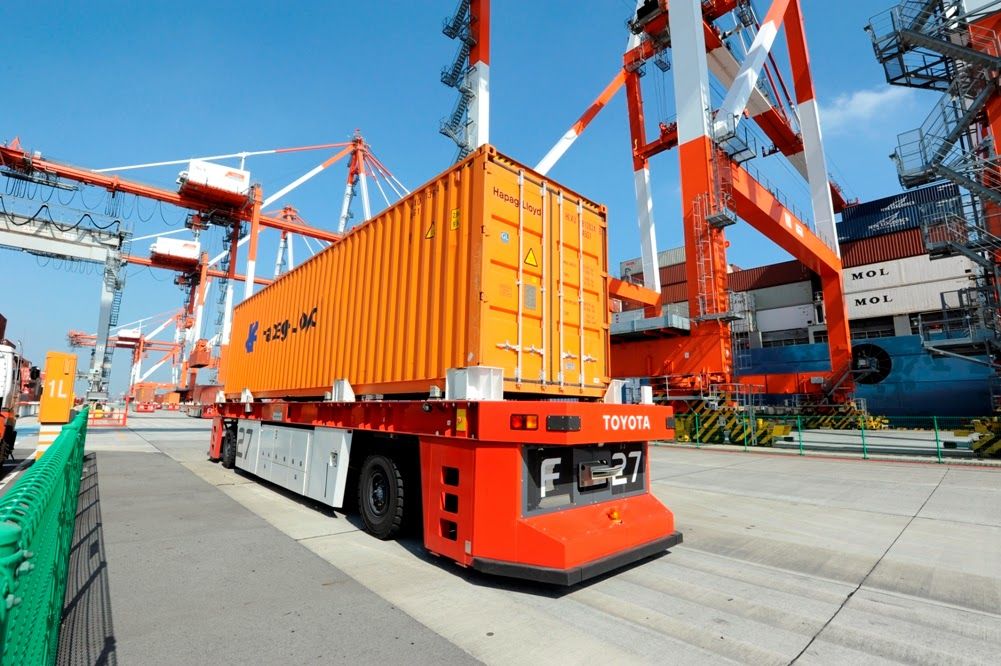Regulations on e-commerce have certain differences between the Pacific Alliance and the Trans-Pacific Partnership Agreement (CPTPP).
In this sense, Mexico has a similar vision between the chapters on electronic commerce of both trade agreements, taking into consideration the progressive nature of these provisions and the continuous need to update them based on the social context that arises in the field of international trade and the use of information and communication technologies (ICTs) within global supply chains.
However, due to the different periods in which the two instruments were signed, the CPTPP chapter on electronic commerce contains specific provisions that are not included in the Pacific Alliance chapter on electronic commerce.
Among these provisions are: Article 14.5: National Framework for Electronic Transactions; Article 14.10: Principles on Access to and Use of the Internet for Electronic Commerce; and Article 14.12: Shared Internet Interconnection Charges.
Also noteworthy are: Article 14.16: Cooperation on Cybersecurity Matters; and Article 14.17: Source Code.
E-commerce
In turn, there are specific commitments on transparency that are contemplated in the chapter on electronic commerce of the Pacific Alliance (Article 13.5: Transparency) that are not found in the chapter on electronic commerce of the CPTPP.
For the Mexican government, they represent interrelated commitments that complement each other under this progressive principle, which even form part of the technical and legal analysis for future negotiations that will consolidate the evolution of the provisions on electronic commerce.
Regionally, e-commerce in Latin America is growing rapidly, although it still represents a small fraction of the total retail market.
According to Insider Intelligence, ecommerce in Latin America will grow to $167 billion by 2022, a growth rate of 18.8% over 2021, making it the fastest growing region among the world’s major regions.
At the same time, it represents only approximately 12.4% of all total retail sales in Latin America, a four-year lag compared to the current global e-commerce penetration of 19.7%, presenting a huge opportunity and runway for growth as more sales move online.
According to VTEX, this shift in online sales reflects expected growth in digital audiences from an expanding middle class and ongoing innovations in e-commerce payment systems and logistics in the region.
Insider Intelligence estimates that the e-commerce market in Latin America will grow to $257.3 billion by 2026.

